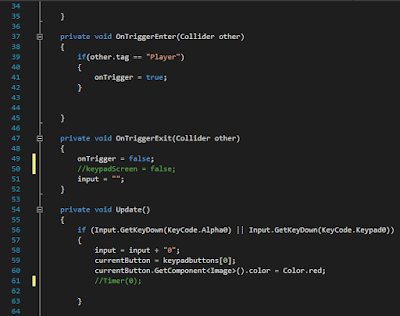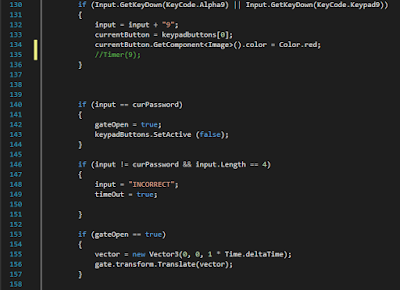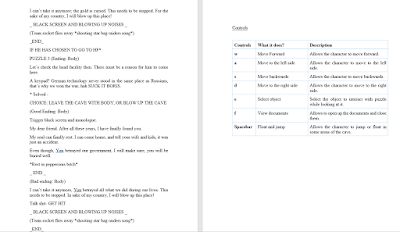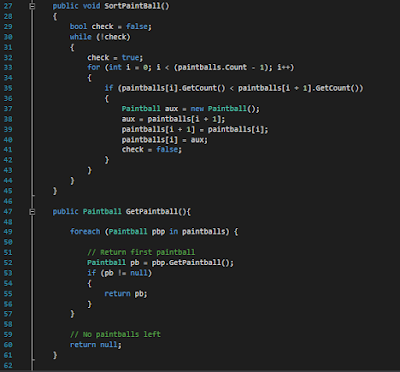Week 10
In the tenth week of the term, I and my team had to present the final version of the game. In the presentation, we had to approach ideas in our presentation like what went good, what went bad and future plans for the game. As a summary, I can say that the things which went well in our project were: the project management (most of the teammates managed to come to our weekly meetings), the design quality of the game (our game was appreciated for creating a realistic atmosphere) and the puzzles of the game worked almost perfect. Unfortunately, we had some issues as well, some of the teammates were not able to come when the team needed their help which slowed down the process of creating the game. Also, one of the biggest problems within the game was the OVR First Person Controller which affected the gameplay. Regarding the usability test, we managed to ask some of our acquaintances to play the game and give us some feedback. The results, in general, were good but we have received some complaints regarding the first person controller.
Here can be seen some screenshots from the game and the main menu:
The background of the main menu is black because a video is supposed on the background. Here the video can be seen:
















































